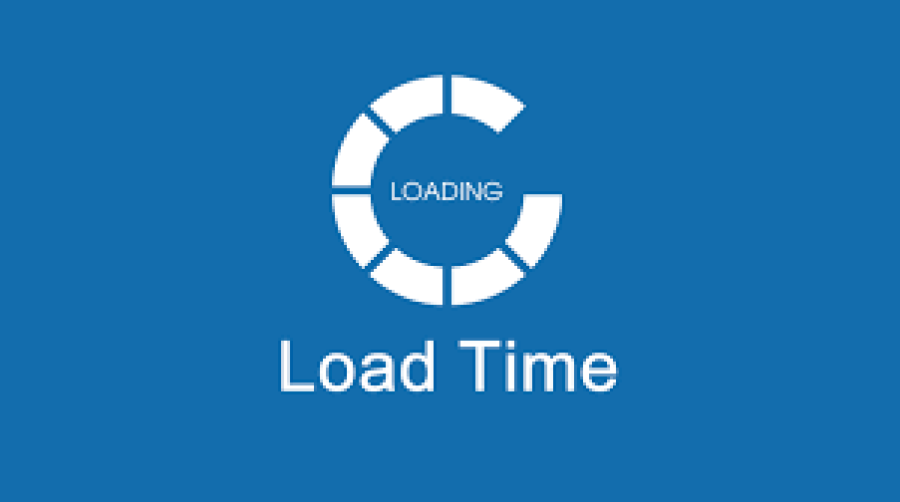How to Reduce Website Loading Time to Under 1 Second
Website speed is crucial for user experience and SEO. A slow-loading website leads to higher bounce rates, lower conversions, and poor search engine rankings. Studies show that visitors expect a page to load within 2 seconds or less, and anything beyond that can cause them to leave.
For freelancers, agencies, and businesses using FreelancerBridge, optimizing website speed ensures better client engagement and higher project success rates. In this guide, we will explore proven strategies to reduce website loading time to under 1 second and improve your website’s overall performance.
Effective Ways to Reduce Website Loading Time
1. Optimize Images and Media Files
Large image files slow down websites. Use compression tools like TinyPNG or JPEG Optimizer to reduce file sizes without losing quality.
Convert images to WebP format for better compression and faster loading.
Use lazy loading to load images only when they appear in the viewport.
2. Minimize HTTP Requests
Each request to the server (CSS, JS, images, fonts) increases load time.
Combine multiple CSS and JavaScript files into one.
Use CSS sprites for icons and small graphics to reduce HTTP requests.
3. Enable Browser Caching
Store frequently used resources (images, CSS, JS) in the visitor’s browser.
Set cache expiration for static files to avoid reloading them on every visit.
4. Use a Content Delivery Network (CDN)
A CDN distributes website content across multiple global servers, reducing latency.
Popular CDNs: Cloudflare, BunnyCDN, StackPath.
5. Minify CSS, JavaScript, and HTML
Remove unnecessary spaces, comments, and characters in your code.
Use tools like UglifyJS, CSSNano, and HTMLMinifier to compress files.
6. Reduce Server Response Time
Choose a high-performance hosting provider with SSD servers.
Use LiteSpeed, Nginx, or Apache with optimized configurations.
Optimize the database by removing unused tables and indexes.
7. Implement GZIP Compression
Compress website files before sending them to browsers.
Enable GZIP or Brotli compression in your server settings.
8. Use Asynchronous and Deferred Loading for JavaScript
Async loading prevents scripts from blocking page rendering.
Defer loading ensures scripts run after the page content is fully loaded.
9. Reduce Redirects and Broken Links
Each redirect increases load time.
Fix or remove unnecessary 301 and 302 redirects.
Use tools like Google Search Console to check for broken links.
10. Optimize Fonts and Icons
Avoid excessive custom fonts that increase page load time.
Use Google Fonts with display: swap to load text instantly.
Prefer SVG icons instead of large image-based icons.
11. Monitor Website Speed Regularly
Use tools like:
Google PageSpeed Insights (for performance scores).
GTmetrix (for load time analysis).
Pingdom (for real-world speed testing).
Conclusion
Speed optimization is essential for better user experience, higher search rankings, and increased conversions. By implementing the above strategies, you can reduce website loading time to under 1 second and enhance your website’s performance on FreelancerBridge.
A fast website ensures more satisfied visitors, better engagement, and improved SEO results. Keep testing and optimizing your site regularly to maintain its speed and efficiency.


 by Emily
by Emily




